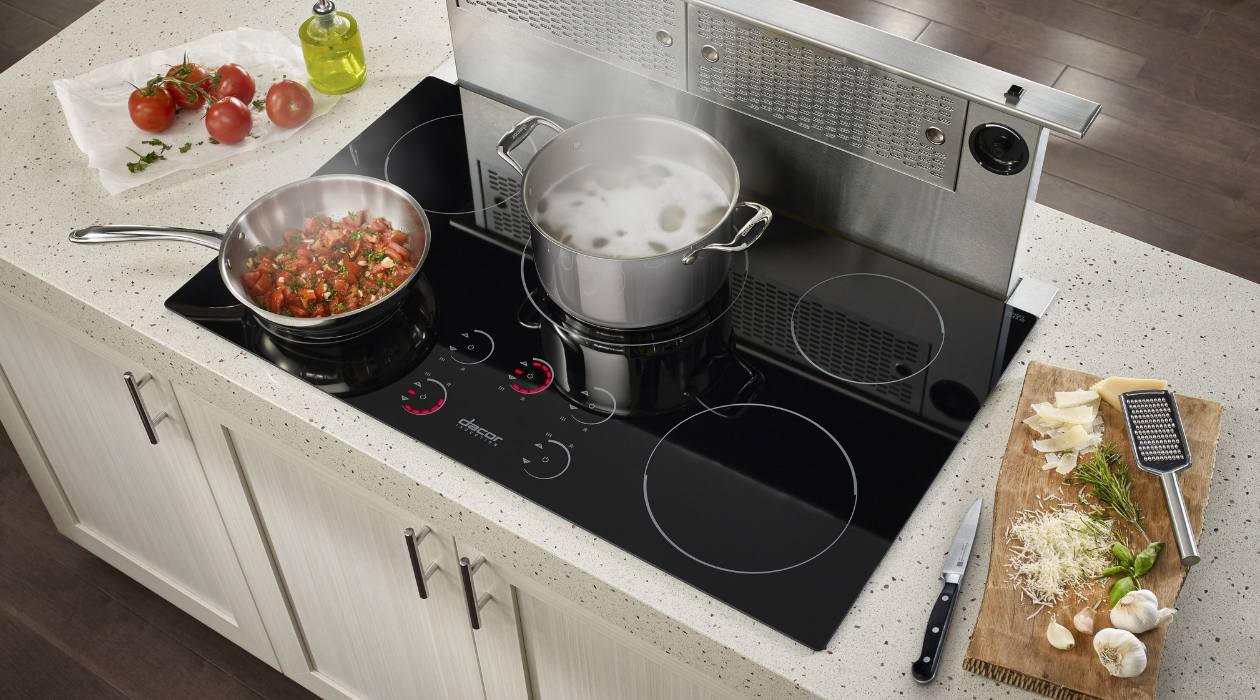

Articles
How To Use An Electric Stove Top
Modified: February 28, 2024
Learn how to effectively use an electric stove top with these informative articles. Discover tips, tricks, and safety guidelines.
(Many of the links in this article redirect to a specific reviewed product. Your purchase of these products through affiliate links helps to generate commission for Storables.com, at no extra cost. Learn more)
Introduction
Cooking is a timeless skill that brings people together. Whether you’re a seasoned chef or just starting your culinary journey, having a reliable and efficient stove top is essential. In today’s modern kitchen, electric stove tops have become a popular choice due to their ease of use and precise temperature control. If you have recently purchased a new electric stove top or are considering making the switch, this article will guide you on how to use and maximize its potential.
However, before we delve into the specifics of using an electric stove top, it is crucial to prioritize safety. Electric stoves can pose certain risks, so it’s important to take necessary precautions to avoid accidents or injuries.
Key Takeaways:
- Safety First
When using an electric stove top, prioritize safety by choosing a safe cooking area, using appropriate cookware, and turning off the stove properly to prevent accidents and ensure a secure cooking environment. - Mastering Your Stove
Familiarize yourself with the control panel, understand different burner sizes and temperature settings, and adjust the heat levels to achieve optimal cooking results. With patience and attentiveness, you can effectively utilize your electric stove top.
Read more: How To Use Kitchenaid Electric Stove Top
Safety Precautions
To begin with, always ensure that you have a designated, safe cooking area. Keep flammable items such as curtains, dish towels, and paper products away from the stove to prevent potential fires. It’s also crucial to have a fire extinguisher within reach, just in case of emergencies.
Another essential safety precaution when using an electric stove top is using appropriate cookware. Make sure your pots and pans have flat bottoms that can make direct contact with the heating elements. Avoid using cookware with rounded or uneven bottoms as it can cause uneven heat distribution and potentially damage the stove top.
Lastly, when you’re finished cooking, be sure to turn off the stove properly. Don’t just rely on the cooktop indicator lights; physically turn off the burner controls and unplug the stove if necessary. This will help prevent accidental burns or fires caused by residual heat.
Now that we’ve covered the important safety measures, let’s move on to familiarizing ourselves with the electric stove top.
Key Takeaways:
- Safety First
When using an electric stove top, prioritize safety by choosing a safe cooking area, using appropriate cookware, and turning off the stove properly to prevent accidents and ensure a secure cooking environment. - Mastering Your Stove
Familiarize yourself with the control panel, understand different burner sizes and temperature settings, and adjust the heat levels to achieve optimal cooking results. With patience and attentiveness, you can effectively utilize your electric stove top.
Read more: How To Use Kitchenaid Electric Stove Top
Safety Precautions
Choosing a Safe Cooking Area
When using an electric stove top, it’s crucial to choose a safe cooking area in your kitchen. Ideally, you should place the stove away from any flammable materials, such as curtains, plastic containers, or wooden cabinets. This will minimize the risk of fires or accidents caused by items coming into contact with the heat produced by the stove.
It’s also important to have a well-ventilated area around the stove to prevent the buildup of smoke and odors. If your kitchen doesn’t have a range hood or exhaust fan, consider opening a window or using a portable fan to circulate the air.
Using Appropriate Cookware
Using the right cookware is essential for the safe and efficient operation of your electric stove top. It’s important to choose pots and pans with flat, sturdy bottoms that can make direct contact with the heating elements. Avoid using cookware with rounded or uneven bottoms, as they can cause uneven heat distribution and potentially damage the stove top.
Additionally, make sure that your cookware is the appropriate size for the burner you are using. Oversized cookware can lead to heat loss and inefficient cooking, while undersized cookware can result in heat concentrated in a small area, which can cause burning.
When selecting cookware, opt for materials that are compatible with electric stoves, such as stainless steel, cast iron, or ceramic. Avoid using cookware with a non-stick coating that can release toxic fumes when heated at high temperatures.
Read more: How To Use A Stove Top
Turning Off the Stove Properly
After you have finished cooking, it’s essential to turn off the stove properly to ensure safety and energy efficiency. To do this, simply turn off the burner controls and ensure that the indicator lights are no longer illuminated.
For added safety, you can also unplug the stove from the electrical outlet. This will prevent any accidental activation of the burners and reduce the risk of electrical malfunctions.
Always allow the stove to cool down completely before attempting to clean or touch any part of it. Electric stoves retain heat even after the burners have been turned off, so it’s important to exercise caution to avoid burns.
By following these safety precautions and choosing a safe cooking area, using appropriate cookware, and turning off the stove properly, you can enjoy the benefits of cooking with an electric stove top while minimizing potential hazards.
Familiarizing Yourself with the Stove
Understanding the Control Panel
Before you start using your electric stove top, it’s important to familiarize yourself with the control panel. The control panel is where you’ll find the knobs or buttons that enable you to adjust the heat settings of the burners.
Typically, the control panel will have markings or symbols indicating which knob corresponds to which burner. It’s helpful to refer to the user manual that came with your stove to understand the specific functions of each knob or button.
In addition to the symbols representing the burners, the control panel may also feature other settings, such as a timer or a preheat function. Take some time to explore and understand these additional features to make the most of your electric stove top.
Identifying Different Burner Sizes and Temperature Settings
Electric stove tops often come with burners of different sizes to accommodate various cooking needs. The size of the burner corresponds to the size of the heating element beneath it, which affects the amount of heat generated.
Typically, there will be larger burners for bigger pots and pans, and smaller burners for more delicate or smaller items. The burner size is usually marked on the stove top or indicated by different burner rings.
Each burner also has multiple temperature settings that allow you to adjust the heat according to your cooking requirements. These settings can vary depending on the stove model, but commonly include low, medium, and high heat options.
It’s important to note that each burner may have its own temperature controls, allowing you to have different heat levels simultaneously. This flexibility is especially beneficial when you’re cooking multiple dishes that require different temperatures.
By understanding the control panel and becoming familiar with the different burner sizes and temperature settings, you’ll have better control over your electric stove top and can achieve optimal cooking results.
Read more: How To Take Off Electric Stove Top
Turning on the Electric Stove
Finding the Power Switch
Before you can start using your electric stove top, you need to locate the power switch. Depending on the model of your stove, the power switch may be located on the control panel or on a separate panel near the stove.
Once you have found the power switch, simply turn it on to supply electricity to the stove. You may hear a click or see indicator lights illuminate, indicating that the stove is receiving power.
Adjusting the Burner Temperature
Now that the stove is powered on, you can adjust the temperature settings of the burners to suit your cooking needs. Each burner typically has its own temperature control, which allows you to set the heat level independently.
Begin by selecting the burner you want to use and turning the corresponding knob or pressing the appropriate button. You will usually see markings or symbols on the control panel or near the knobs that indicate the different temperature settings.
The specific temperature settings can vary depending on your stove model, but they usually include a range of low, medium, and high heat options. For finer temperature adjustments, some stoves may have additional settings like “simmer” or “cycling” to provide a consistent temperature for delicate dishes.
To increase the temperature, turn the knob clockwise, and to decrease the temperature, turn it counterclockwise. Some stoves may have numerical or digital displays that allow you to specify the desired temperature directly.
It’s important to note that electric stoves may take a little time to reach the desired temperature. Patience is key; resist the temptation to crank up the heat to its highest setting. Gradually increasing the temperature will help prevent burning or overheating.
By familiarizing yourself with the power switch and adjusting the burner temperature, you are now ready to start cooking on your electric stove top.
Using the Electric Stove
Placing the Cookware on the Appropriate Burner
When using an electric stove, it’s important to place your cookware on the appropriate burner. Each burner is designed to accommodate different pot and pan sizes, so choose a burner that matches the size of your cookware.
Ensure that the bottom of the cookware is flat and in direct contact with the heating element. This will promote even heat distribution and efficient cooking. Avoid using cookware with rounded or uneven bottoms, as they can cause hot spots and lead to unevenly cooked food.
Setting the Desired Temperature
After placing the cookware on the burner, it’s time to set the desired temperature. Refer to the burner control panel and adjust the corresponding knob or button to the desired heat level.
The temperature settings on electric stoves are typically represented by markings or symbols, such as low, medium, and high. Some models may have additional settings for precise temperature control.
Consider the specific requirements of your recipe and adjust the temperature accordingly. For example, delicate sauces may require a low heat setting, while searing meats may require a higher heat setting. It’s all about finding the balance that produces the desired cooking results.
Monitoring and Adjusting the Heat
Once the cookware is on the appropriate burner and the desired temperature is set, it’s important to monitor the heat throughout the cooking process. Electric stoves provide consistent heat, but it’s still essential to make adjustments as needed to avoid undercooking or burning your food.
Pay attention to how your food is cooking and adjust the temperature accordingly. If you notice that the food is cooking too quickly or burning, reduce the heat. On the other hand, if the food is not cooking as quickly as desired, increase the heat gradually.
It’s important to remember that electric stoves have a slight delay in temperature adjustment. Therefore, patience and attentiveness are needed to achieve the desired cooking results. Avoid constantly turning the heat up and down, as this can lead to inconsistent cooking and may prolong the cooking time.
By placing your cookware on the appropriate burner, setting the desired temperature, and monitoring and adjusting the heat as needed, you can effectively utilize your electric stove to prepare delicious meals.
Cleaning and Maintenance
Read more: How Many Watts Does An Electric Cooktop Use
Allowing the Stove to Cool Down Before Cleaning
After you have finished cooking on your electric stove, it’s important to allow it to cool down before you begin the cleaning process. Even after turning off the burners, the stove retains heat for a period of time.
To avoid burns or injuries, give the stove enough time to cool down completely. This will ensure that the surfaces are safe to touch and will also prevent any potential damage to cleaning materials or tools.
Using Non-Abrasive Cleaners and Tools
When it comes to cleaning your electric stove, it’s crucial to use non-abrasive cleaners and tools to avoid damaging the surface. Harsh abrasive cleaners, such as scouring powders or steel wool, can cause scratches and wear down the finish of the stove.
Instead, opt for gentle cleaners specifically designed for kitchen appliances or a mixture of mild dishwashing liquid and warm water. Apply the cleaner to a soft sponge or cloth and gently scrub the surface of the stove. Avoid using excessive force or aggressive scrubbing motions.
For stubborn stains or hardened food debris, you can create a paste with baking soda and water. Apply the paste to the affected areas, let it sit for a few minutes, and then gently scrub it away with a soft sponge or cloth.
Cleaning Up Spills and Food Debris Promptly
One of the best practices for maintaining a clean electric stove is to clean up spills and food debris promptly. When any spills or splatters occur, wipe them away immediately with a damp cloth or sponge.
If left unattended, spills can become hardened and more difficult to clean later on. They can also potentially cause a buildup of grease or attract pests. Regularly wiping down the stove after each use will help prevent stains and keep it looking clean and presentable.
In addition to the surface of the stove, pay attention to the area around the burners and any crevices where food debris can accumulate. Use a soft brush or toothbrush to gently remove any dirt or debris from these areas.
By allowing the stove to cool down before cleaning, using non-abrasive cleaners and tools, and cleaning up spills and food debris promptly, you can ensure that your electric stove stays in good condition and remains clean and hygienic for your next cooking session.
Troubleshooting
Read more: How To Use A Stove Top Espresso Maker
Identifying Common Issues with Electric Stove Tops
While electric stove tops are generally reliable and easy to use, occasional issues may arise. Here are some common problems you may encounter:
- The burner not heating up: This can be due to a faulty burner element, a damaged heating coil, or a problem with the burner control switch.
- Inconsistent or uneven heating: This could indicate a problem with the burner’s connection or a faulty temperature sensor.
- Burner indicator lights not turning on: This might be a result of a malfunctioning lightbulb or a wiring issue.
- Control panel display not working: This could be due to a power supply problem or a faulty control board.
- Sparking or arcing: This is a serious issue that could indicate a malfunctioning electrical component and should be addressed immediately.
Simple Fixes for Minor Problems
For minor issues with your electric stove top, there are a few troubleshooting steps you can take before calling a professional:
- Check the power supply: Ensure that the stove is properly plugged in or that the circuit breaker hasn’t tripped. Resetting the circuit breaker might solve the problem.
- Clean the burners and connections: Sometimes, a buildup of dirt or food debris can hinder the heat distribution. Clean the burner elements and connections with a soft brush or cloth.
- Inspect the control knobs or buttons: Make sure they are properly aligned and not loose. Tighten any loose knobs or buttons and check if the issue persists.
- Look for loose connections: Inspect the wiring connections at the back of the stove to ensure they are securely attached. If any connections appear loose, you may need to tighten them.
When to Call a Professional
While minor issues can often be resolved through troubleshooting, there are situations where it’s best to call a professional electrician or stove repair technician:
- If you experience sparks, smoke, or electrical arcing, immediately switch off the stove, unplug it, and contact a professional. These signs indicate a serious electrical issue that should be handled by a qualified technician.
- If the problem persists after trying basic troubleshooting steps, it’s best to call a professional. They have the expertise and tools to diagnose and repair more complex issues.
- For repairs involving the control panel, electrical connections, or internal components, it’s recommended to seek professional assistance. These components require specialized knowledge to handle safely.
Remember, safety should always be a priority when dealing with electrical appliances. If you are unsure or uncomfortable attempting any repairs yourself, it’s best to consult a professional to ensure the safety and efficient functioning of your electric stove top.
Conclusion
Using an electric stove top can greatly enhance your cooking experience with its convenience and precise temperature control. By following the safety precautions, familiarizing yourself with the stove, and understanding proper cleaning and maintenance techniques, you can make the most out of your electric stove top.
Remember to choose a safe cooking area, use appropriate cookware, and turn off the stove properly to ensure safety in the kitchen. Take the time to familiarize yourself with the control panel and understand the different burner sizes and temperature settings.
When turning on the electric stove, locate the power switch and adjust the burner temperature according to your cooking needs. Place your cookware on the appropriate burner and set the desired temperature, and monitor and adjust the heat as necessary to achieve optimal cooking results.
After cooking, allow the stove to cool down before cleaning. Use non-abrasive cleaners and tools to maintain the stove’s surface, and promptly clean up spills and food debris to prevent staining and buildup.
In the event of troubleshooting issues, identify common problems and attempt simple fixes if applicable. However, when faced with more serious or complex issues, it is recommended to call a professional for assistance to ensure safety and proper repairs.
In conclusion, having an electric stove top can bring convenience and precision to your culinary endeavors. By following the guidelines outlined in this article, you can confidently and safely use your electric stove top to create delicious meals for yourself, your family, and your friends.
Frequently Asked Questions about How To Use An Electric Stove Top
Was this page helpful?
At Storables.com, we guarantee accurate and reliable information. Our content, validated by Expert Board Contributors, is crafted following stringent Editorial Policies. We're committed to providing you with well-researched, expert-backed insights for all your informational needs.
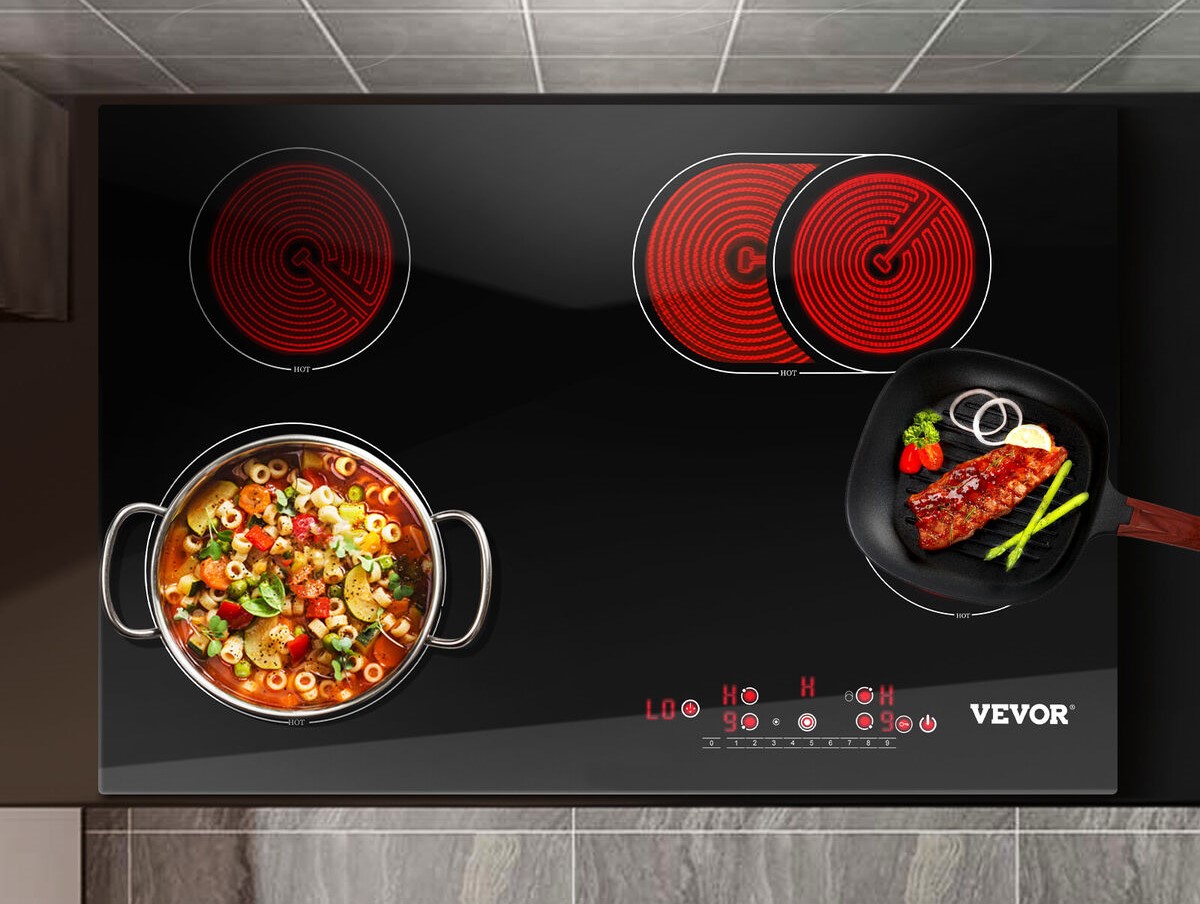
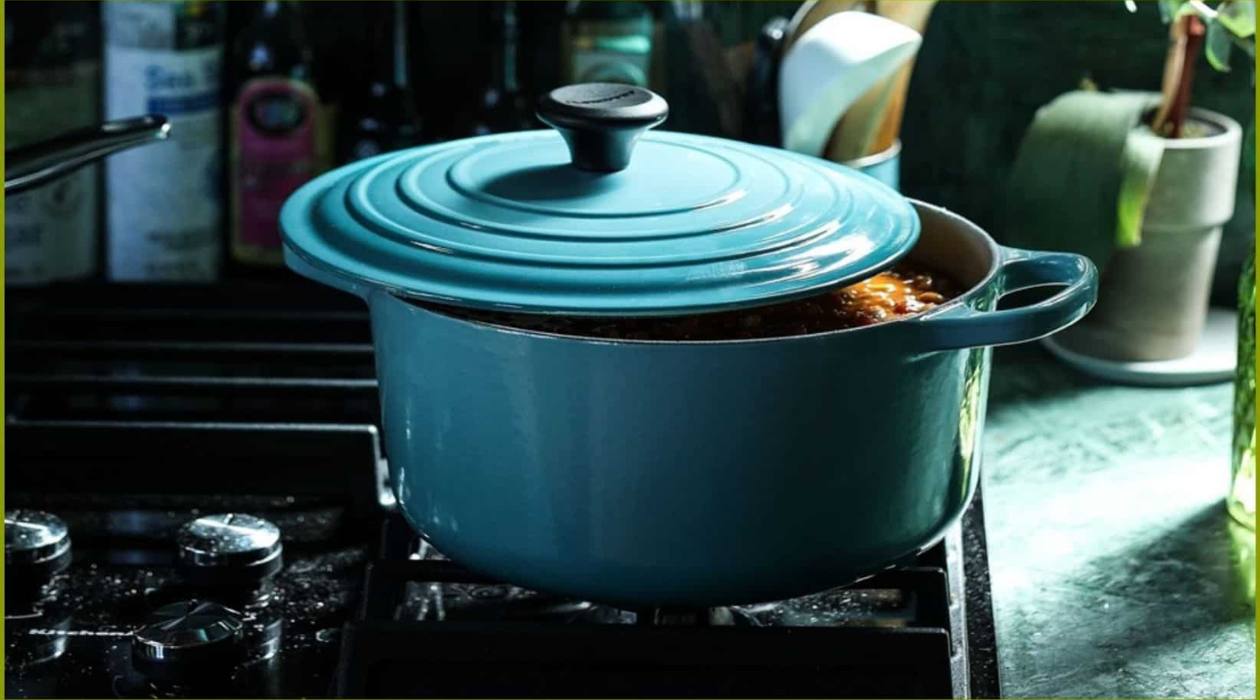
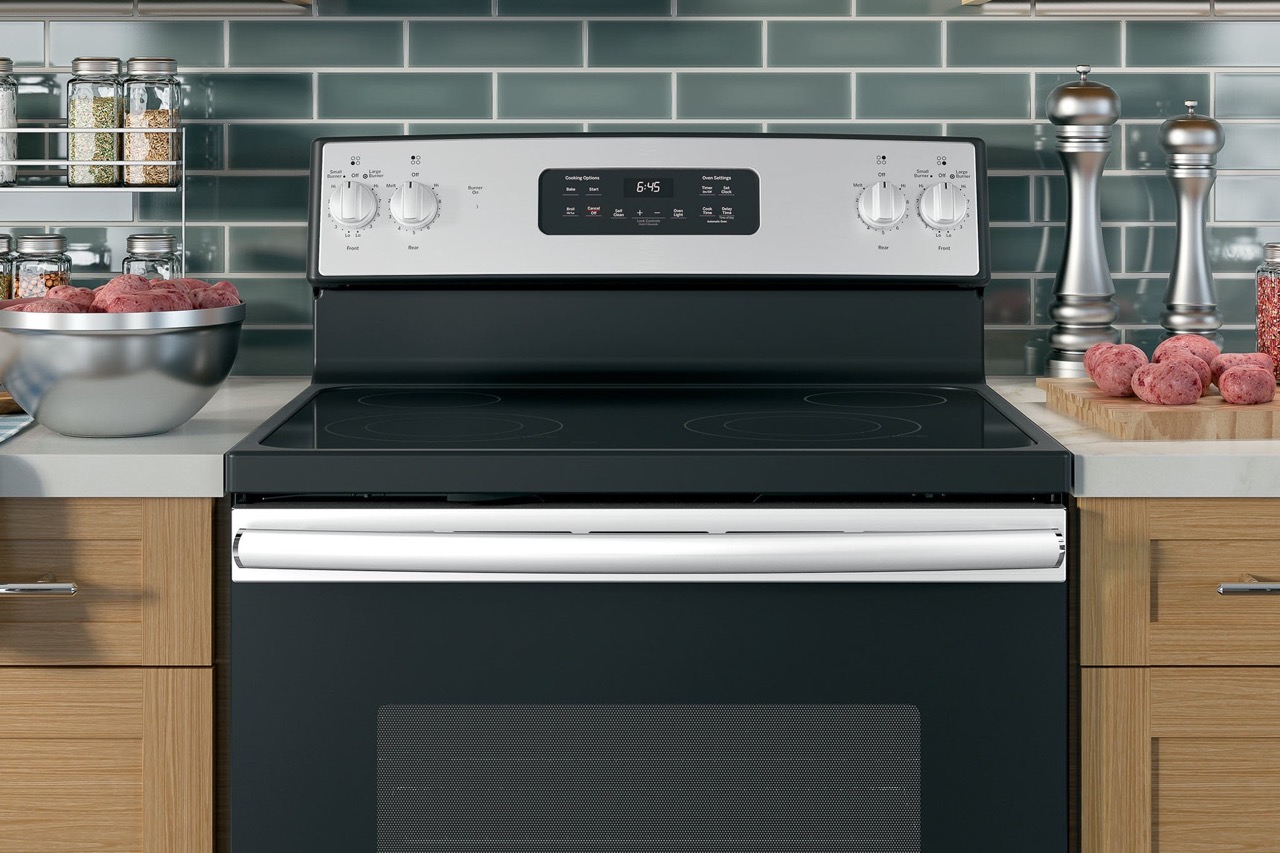
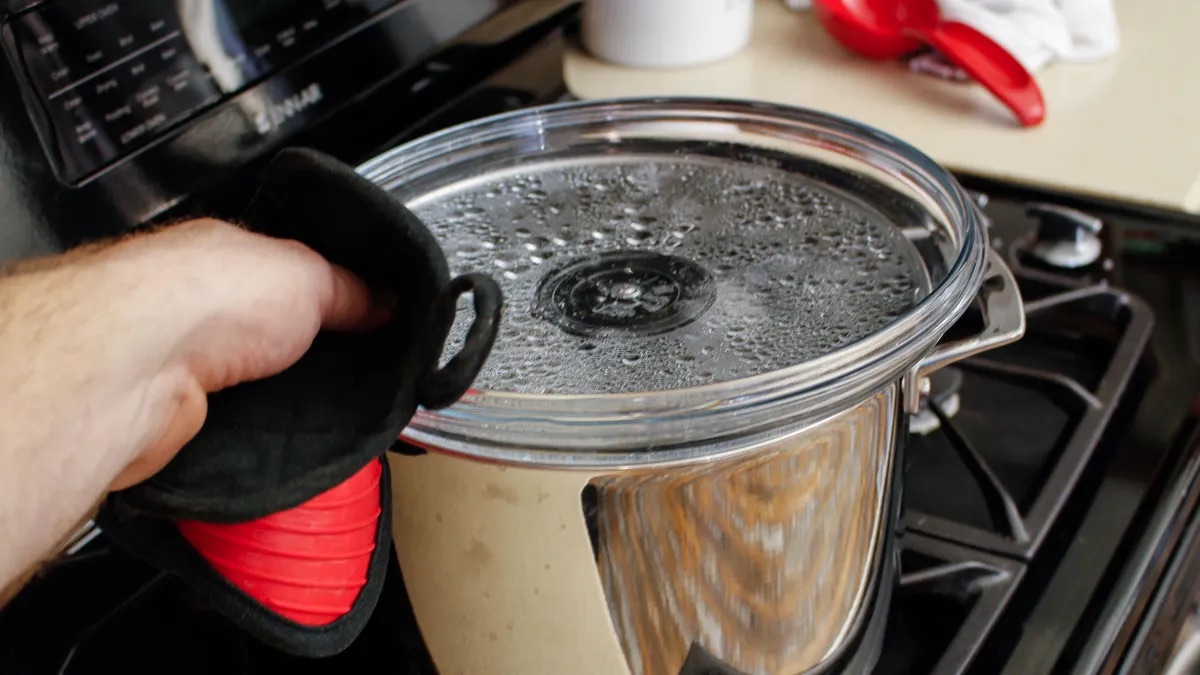
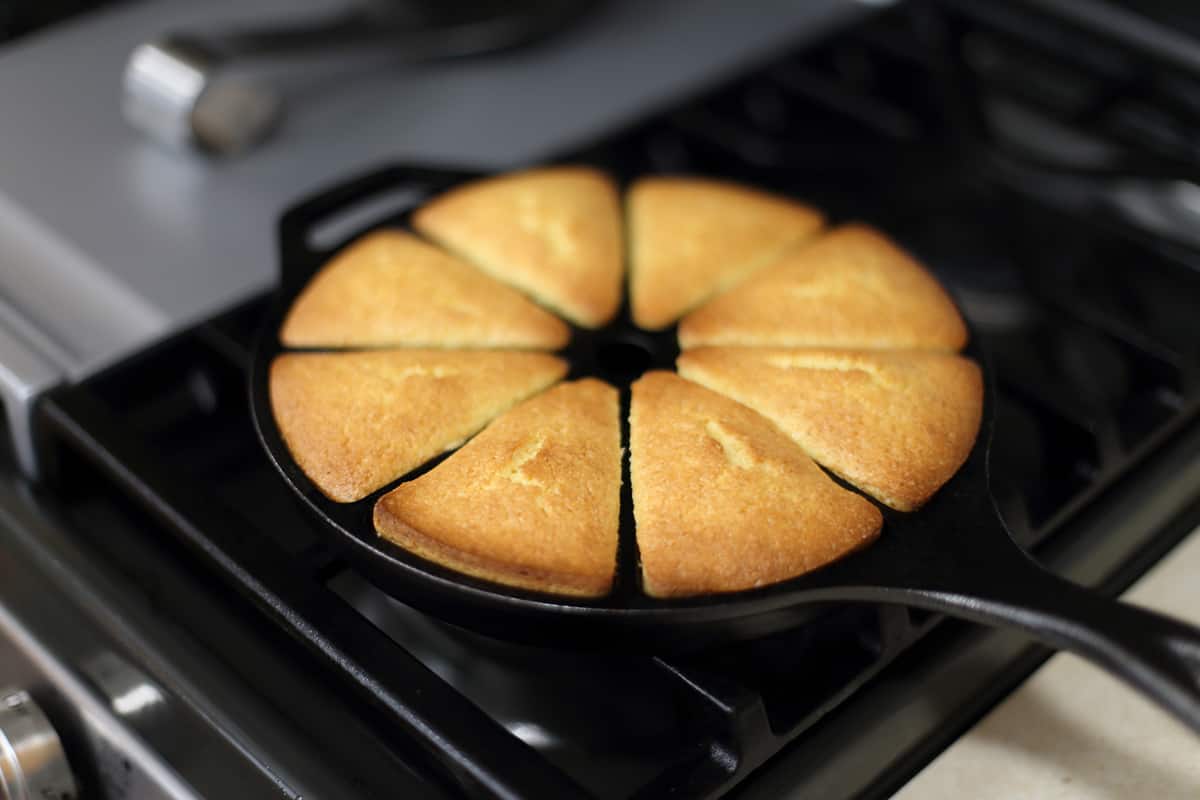
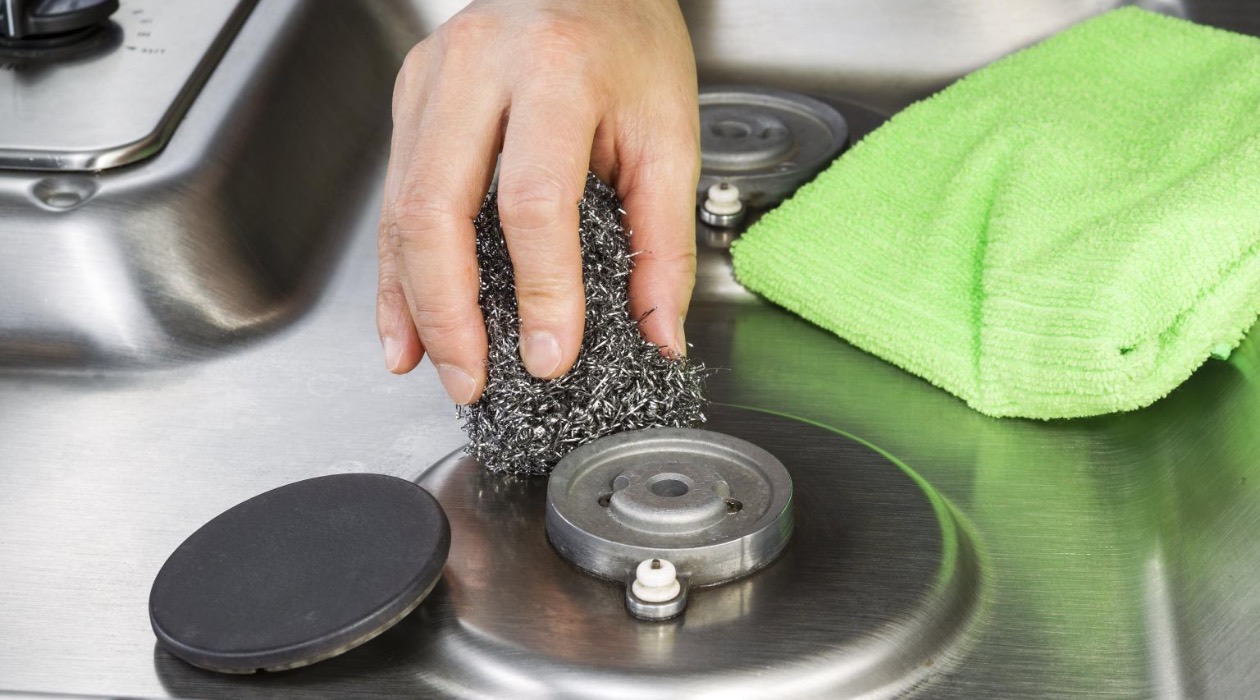
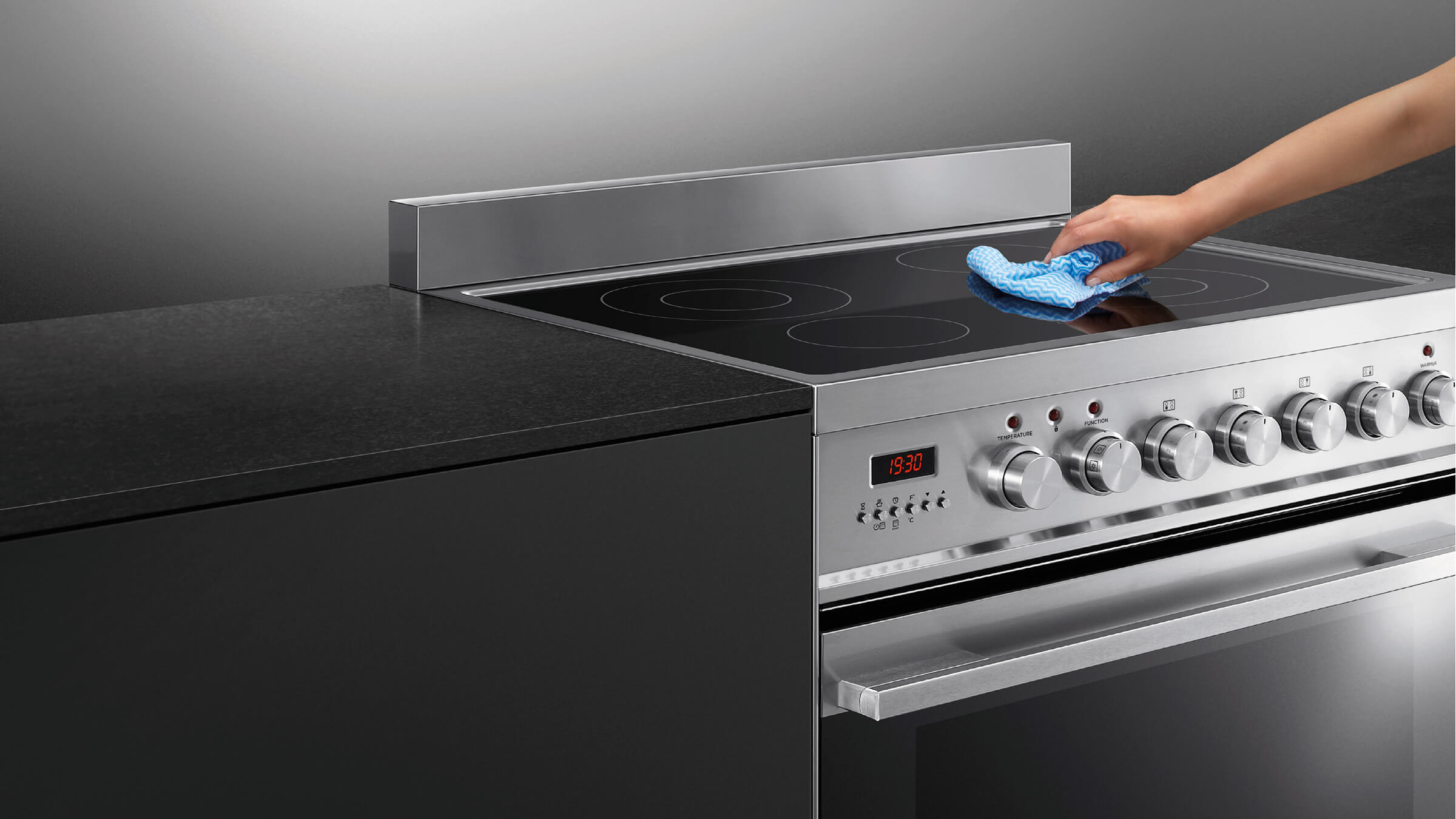
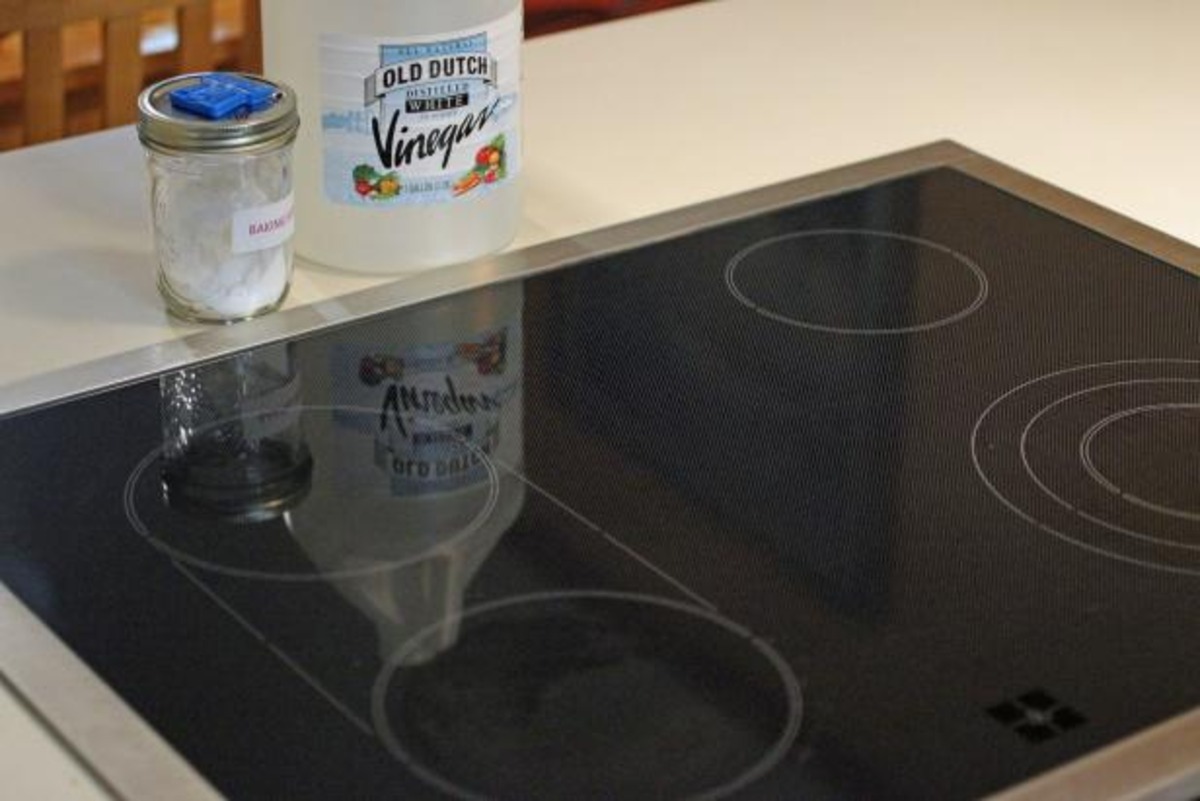
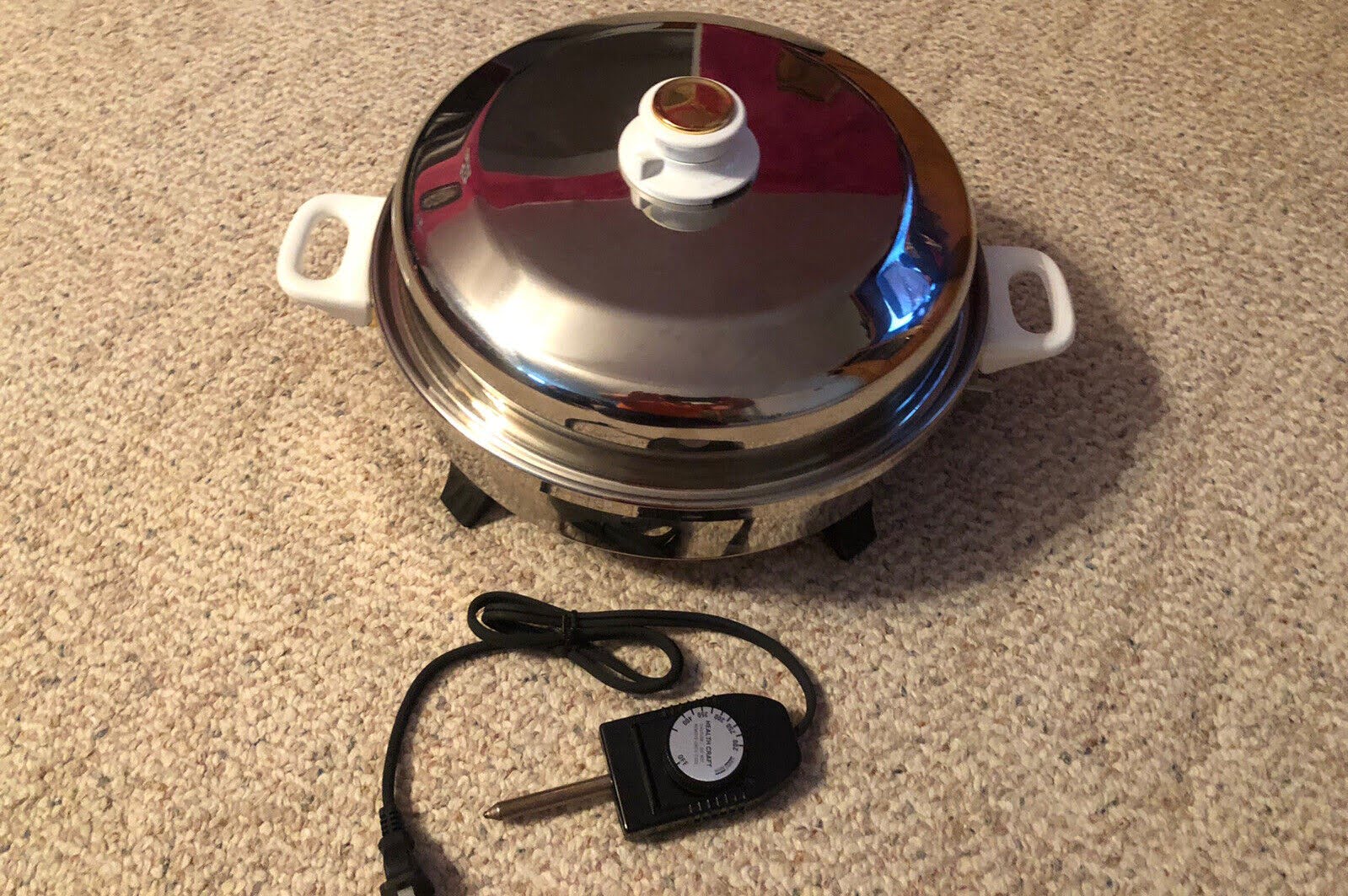
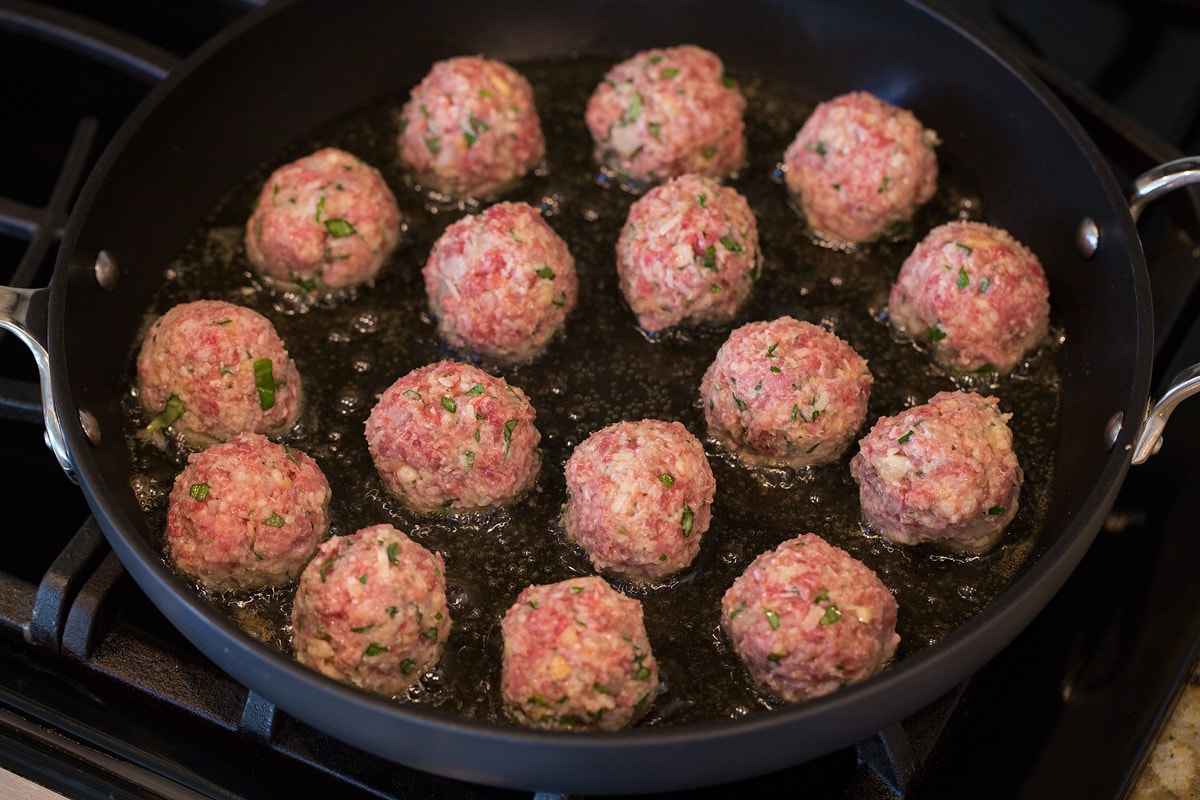

0 thoughts on “How To Use An Electric Stove Top”